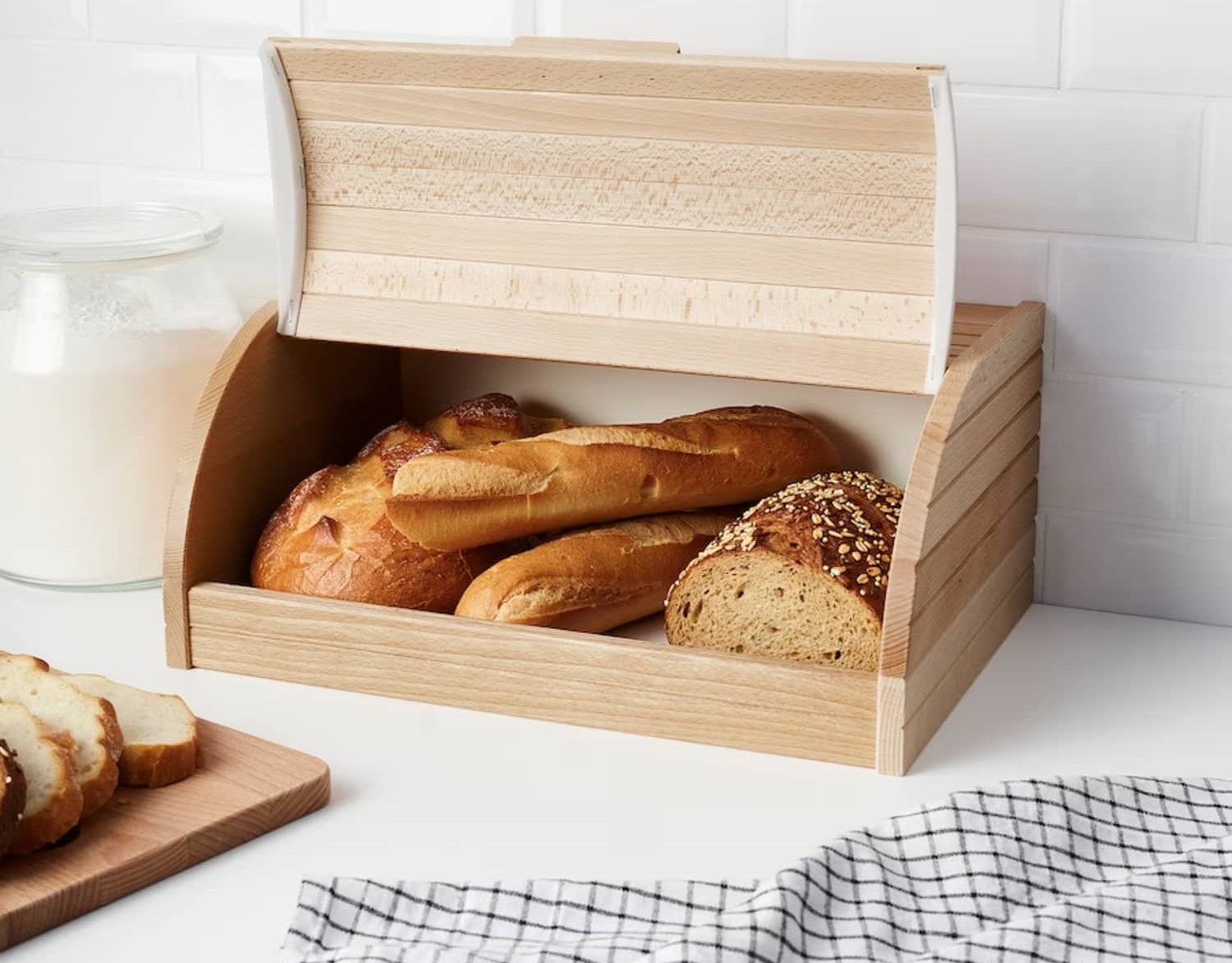

Articles
How To Store Bread So It Doesn’T Mold
Modified: February 18, 2024
Learn how to store bread properly to prevent mold and keep it fresh for longer with these helpful articles.
(Many of the links in this article redirect to a specific reviewed product. Your purchase of these products through affiliate links helps to generate commission for Storables.com, at no extra cost. Learn more)
Introduction
Welcome to our comprehensive guide on how to store bread to prevent mold. Bread is a staple food enjoyed by people all around the world. Whether you prefer a soft loaf of white bread or a hearty whole grain variety, nobody enjoys finding their bread covered in mold just a few days after purchasing it. Properly storing your bread can help extend its freshness and prevent the growth of mold, ensuring that you can enjoy it for longer.
When bread is exposed to warm and moist conditions, it becomes a breeding ground for mold spores. Mold not only affects the taste and texture of bread but can also pose health risks. By following some simple storage techniques, you can keep your bread mold-free and fresh for as long as possible.
In this article, we will explore various ways to store bread to prevent mold growth. We will look at the importance of using proper storage containers, controlling temperature, avoiding excess moisture, and more. So, let’s dive in and learn how to keep our bread fresh and delicious!
Key Takeaways:
- Properly storing bread is essential for preventing mold growth. Use the right containers, control temperature, avoid excess moisture, and check for freshness to enjoy delicious, mold-free bread for longer.
- Master the art of bread storage to keep your loaves fresh and mold-free. From proper containers to temperature control and freezing techniques, these tips will help you savor every delicious slice.
Read more: How To Store Cash So It Doesn’T Mold
Proper Storage Containers
Choosing the right storage container for your bread is essential in preventing mold growth. The ideal container should provide a balance between keeping the bread fresh and allowing it to breathe. Here are a few options to consider:
- Bread Box: A traditional bread box is an excellent choice for storing bread. It is designed to provide enough air circulation while keeping the bread protected from light and excessive moisture. Look for a bread box made of wood or stainless steel, as these materials aid in maintaining the optimal moisture level.
- Airtight Containers: If you prefer a modern approach, airtight containers can be a great option. These containers create a barrier that locks in the bread’s moisture, keeping it fresh for longer. Opt for a container that fits the size of your bread loaf and has a secure seal to prevent air from entering.
- Reusable Bread Bags: Another eco-friendly option is using reusable bread bags. These are typically made of fabric or linen and allow the bread to breathe while protecting it from external factors. Look for bags with a drawstring or twist tie closure for secure storage.
Regardless of which storage container you choose, it’s important to keep it clean and dry before placing your bread inside. Regularly washing and drying the container helps remove any lingering moisture or mold spores that could contaminate your bread.
Remember to avoid storing your bread in plastic bags or containers that lack proper ventilation, as this can create a humid environment and accelerate mold growth. Additionally, avoid storing bread near strong-smelling foods, as bread can easily absorb odors.
Now that you know about the different types of storage containers, let’s move on to the next important aspect of bread storage: temperature control.
Temperature Control
Proper temperature control is crucial for keeping your bread fresh and mold-free. The key is to store bread in a cool and dry environment. Here are some tips for controlling the temperature:
- Avoid Heat: Bread should be kept away from sources of heat, such as ovens, toasters, and direct sunlight. Heat can speed up the moisture evaporation in bread and create a favorable environment for mold growth.
- Room Temperature: Storing bread at room temperature is generally a good option if you plan to consume it within a few days. A cool and consistent room temperature of around 70°F (21°C) is ideal. Avoid extreme temperature fluctuations, as they can affect the texture and freshness of the bread.
- Refrigeration: While refrigeration can help prolong the shelf life of bread, it’s not always the best option. The cold temperature in the refrigerator can cause the bread to dry out quickly. If you choose to refrigerate your bread, make sure it’s well-wrapped to prevent it from absorbing odors from other foods.
- Freezing: Freezing bread is a great way to extend its lifespan. Before freezing, make sure to slice it to your desired thickness. This allows you to thaw only the slices you need, reducing waste. Wrap the slices or the entire loaf in plastic wrap or freezer bags to protect them from freezer burn and moisture. Thaw frozen bread at room temperature or reheat it in the oven for a few minutes to refresh its taste.
It’s important to note that refrigeration and freezing can affect the texture of bread, making it slightly less fluffy. However, freezing is an efficient option if you have a large loaf or if you anticipate not finishing the bread within a few days.
Now that we’ve covered temperature control, let’s move on to understanding how to avoid excess moisture, as it is another common factor contributing to mold growth on bread.
Avoiding Excess Moisture
Moisture is the enemy when it comes to bread storage. Excess moisture can quickly lead to mold growth, ruining the freshness and flavor of your bread. Here are some tips to avoid excess moisture:
- Wait for Cooling: When you freshly bake or purchase bread, allow it to cool completely before storing it. Storing warm bread in an airtight container can create a humid environment, causing moisture buildup and mold formation.
- Avoid Bread Bags: While bread bags may seem like a convenient option for storing bread, they can sometimes promote moisture retention. If you decide to use a bread bag, make sure it allows proper airflow to prevent excessive condensation.
- Use Paper Towels: Placing a few folded paper towels at the bottom of your bread storage container can help absorb any excess moisture. The paper towels act as a barrier and prevent direct contact between the bread and any accumulated moisture.
- Store Sliced Bread: Sliced bread tends to dry out faster than whole loaves. However, it also has a larger surface area, making it more susceptible to mold growth. If you frequently consume sliced bread, consider storing it in a sealable bag with a slice of white bread or a small piece of celery to help retain moisture.
- Avoid Moisture-Prone Areas: Keep your bread away from areas of high humidity, such as the dishwasher, sink, or refrigerator. These areas can introduce excess moisture into your bread storage environment, leading to mold growth.
By following these tips, you can help ensure that your bread stays fresh and mold-free for a longer period. Now, let’s explore some techniques for slicing bread and using bread bags and wrappers to further extend its freshness.
Bread Slicing Tips
Slicing bread properly can not only enhance your eating experience but also help extend its freshness. Here are some tips to ensure your bread slices stay fresh:
- Sharp Knife: When slicing bread, use a sharp serrated knife. A dull knife can compress the bread, leading to uneven slices and a quicker stale time.
- Even Thickness: Try to slice the bread into even thickness to maintain consistency. This allows for a more appealing presentation and helps the bread to retain its moisture evenly.
- Slice as Needed: If you’re not planning on consuming the entire loaf at once, it’s better to slice the bread as needed. This helps minimize exposure to air and keeps the rest of the loaf fresh for a longer time.
- Reheating Sliced Bread: If your sliced bread starts to dry out, you can refresh it by lightly toasting or reheating it in the oven. This will help restore some moisture and give it a warm and fresh taste.
- Baguette Technique: For baguettes or French bread, consider using the “accordion” method of slicing. This involves making diagonal cuts, alternating sides, to create a visually appealing pattern and prevent moisture loss from exposed sides.
Remember, sliced bread tends to dry out faster than whole loaves. To keep your bread fresh and delicious, it is advisable to consume sliced bread within a few days or consider freezing the extra slices for longer-term storage.
Now that you know how to slice your bread properly, let’s explore the use of bread bags and wrappers to further extend its shelf life.
Store bread in a cool, dry place to prevent mold. Avoid storing it in the refrigerator, as the moisture can actually encourage mold growth. Use a bread box or a paper bag to help maintain freshness.
Read more: How To Store Bread To Prevent Mold
Using Bread Bags and Wrappers
Bread bags and wrappers can be effective in preserving the freshness of your bread. Here are some tips on how to use them:
- Sealable Bags: If you prefer to use plastic bags, make sure to choose ones that are specifically designed for bread storage. These bags are typically thicker and offer airtight sealing to keep your bread fresh. Gently squeeze out any excess air before sealing the bag to minimize moisture buildup.
- Twist Ties or Clips: Twist ties or plastic clips are great tools to secure the opening of your bread bag. Make sure to twist or fold the bag tightly before securing it to create a snug seal.
- Bread Wrappers: Some store-bought bread comes wrapped in paper or plastic wrappers. These wrappers are designed to keep the bread fresh and can be used for storing your homemade bread as well. Simply reseal the wrapper tightly after each use to maintain its freshness.
- Wax Paper: If you prefer a more eco-friendly approach, you can wrap your bread in wax paper before storing it. Wax paper allows the bread to breathe while protecting it from any excessive moisture or air exposure.
- Reusable Bread Bags: Consider investing in reusable bread bags made from fabric or linen. These bags are not only environmentally friendly but also allow the bread to breathe and maintain its optimal moisture level. They are typically designed with a drawstring closure for easy access.
Remember to always store your bread in a clean and dry environment. Regularly inspect the bags or wrappers for any signs of moisture or mold, discarding the bread if necessary. Using the right bread bags or wrappers helps create the ideal storage conditions for your bread, keeping it fresh and delicious for a longer period.
Now that we’ve covered the use of bread bags and wrappers, let’s move on to freezing bread as another option for preserving its freshness.
Freezing Bread
Freezing bread is an excellent method to extend its shelf life and prevent mold growth. Here are some steps to freeze your bread properly:
- Slice the Bread: If you have a whole loaf of bread, it’s best to slice it before freezing. This way, you can easily thaw only the slices you need, reducing waste.
- Wrap in Plastic: Individually wrap each slice or the entire loaf tightly in plastic wrap or aluminum foil. This helps protect the bread from freezer burn and prevents moisture loss.
- Use Freezer Bags: For added protection, place the wrapped bread slices or loaf inside a freezer bag. Press out any excess air before sealing the bag to minimize the chances of freezer burn.
- Label and Date: Don’t forget to label the freezer bag with the date of freezing. This will help you keep track of the bread’s freshness and ensure that you use the oldest loaf first.
- Store in Freezer: Place the wrapped and bagged bread in the freezer, ideally in an organized manner, such as stacking them horizontally or in a designated bread storage container.
- Thawing Bread: When you’re ready to enjoy your frozen bread, remove the desired number of slices or the entire loaf from the freezer. Leave them on the countertop at room temperature to thaw. Alternatively, you can toast the slices or warm the loaf in the oven at a low temperature for a few minutes to refresh its taste.
Properly frozen bread can last up to three months in the freezer without significant loss of quality. It’s important to note that frozen bread may have a slightly different texture after thawing, but it will still be perfectly edible.
Freezing bread is especially useful if you have a large loaf or if you anticipate not finishing the bread within a few days. It allows you to have bread readily available without worrying about it going stale or moldy.
Now that we’ve covered freezing bread as a preservation method, let’s move on to a crucial aspect of bread storage: preventing cross-contamination.
Preventing Cross-Contamination
When it comes to bread storage, it’s important to prevent cross-contamination to maintain its freshness and quality. Here are some tips to help you prevent cross-contamination:
- Separate Storage: Store your bread separately from other food items to prevent any potential transfer of odors or contaminants. Ideally, use a designated bread storage area or shelf in your pantry or kitchen.
- Clean Storage Area: Before placing your bread in the designated storage area, make sure it is clean and free from any crumbs or debris. Regularly wipe down the shelves or drawers to maintain a clean environment.
- Avoid Raw Foods: Keep your bread away from raw foods, such as raw meat, fish, or vegetables, to avoid the risk of cross-contamination. Store these items separately to prevent any potential bacterial transfer.
- Properly Seal Storage Containers: Ensure that your chosen storage container or bag is properly sealed to prevent any airborne contaminants or pests from reaching your bread.
- Wash Hands: Remember to wash your hands before handling bread to avoid transferring any bacteria or contaminants. Clean hands are essential in maintaining the freshness and hygiene of your bread.
- Keep Storage Area Dry: Moisture can promote mold growth and cross-contamination. Regularly check the storage area for any signs of moisture or leaks and address them promptly.
By following these precautions, you can help ensure that your bread remains fresh, safe, and delicious for consumption. Keeping your bread separate and maintaining a clean storage area will significantly reduce the risk of cross-contamination and preserve the quality of your bread.
Now that we’ve covered how to prevent cross-contamination, let’s move on to the importance of checking the freshness of your bread.
Checking for Freshness
Checking the freshness of your bread is essential to ensure that you are consuming high-quality and mold-free bread. Here are some indicators to help you determine if your bread is still fresh:
- Appearance: Examine the bread’s appearance for any signs of mold growth. Check the top, bottom, and sides of the loaf. If you notice any green, blue, or white spots, it’s a clear indication that the bread has started to mold and should not be consumed.
- Texture: Fresh bread should have a soft and springy texture. Gently press the bread with your finger. If it feels firm and quickly bounces back, it’s a good sign that the bread is still fresh. Stale or dry bread will feel hard and may not regain its shape.
- Scent: Give your bread a quick sniff. Fresh bread should have a pleasant, yeasty aroma. If you detect any sour or musty smell, it could be a sign of spoilage.
- Taste: Lastly, taste a small piece of bread. Fresh bread should taste flavorful and enjoyable. If you notice any off-flavors or an unusual taste, it’s an indication that the bread may no longer be fresh.
When checking the freshness of sliced bread, pay attention to individual slices as they may spoil faster than a whole loaf. Mold can develop quicker on exposed surfaces, so if one slice shows signs of mold, it’s best to discard the entire package.
Keep in mind that different types of bread have varying shelf lives. While white or wheat bread may last a few days after purchase, artisan or homemade bread may have a shorter shelf life due to fewer preservatives.
It’s important to regularly check the freshness of your bread, especially if you store it for an extended period. Consuming moldy or stale bread can have negative health implications, so it’s always better to err on the side of caution and discard if in doubt.
Now that we’ve discussed how to check for freshness, let’s conclude this article on storing bread to prevent mold.
Read more: Why Is My Bread So Dense In My Bread Machine
Conclusion
Properly storing bread is crucial for preserving its freshness and preventing the growth of mold. By following the tips and techniques outlined in this guide, you can enjoy mold-free and delicious bread for a longer period. Here’s a recap of the key points:
Use proper storage containers like bread boxes, airtight containers, or reusable bread bags to maintain the right balance of airflow and protection. Avoid storing bread in plastic bags or containers that lack ventilation.
Control the temperature by keeping bread away from heat sources and storing it at a cool and consistent room temperature. Refrigeration can be an option, but be mindful of the potential drying effect. Freezing bread is a great long-term storage solution.
Avoid excess moisture by allowing freshly baked or purchased bread to cool completely before storing. Choose storage options that allow proper air circulation and consider using paper towels to absorb excess moisture.
Master the art of bread slicing to maintain freshness. Use a sharp knife, slice as needed, and reheating sliced bread is a great way to refresh it.
Utilize bread bags, wrappers, or wax paper to protect your bread from air exposure and prevent cross-contamination. Properly sealing storage containers and maintaining cleanliness is essential.
Consider freezing bread, especially if you have a large loaf or anticipate not finishing it within a few days. This method helps extend the shelf life without compromising the taste too much.
Regularly check the freshness of your bread by examining its appearance, texture, scent, and taste. Mold growth, unusual texture, sour smell, or off-flavors are signs of spoilage.
By implementing these tips, you can prolong the freshness of your bread, reduce waste, and ultimately enjoy every slice without the worry of mold or staleness.
Remember, bread is a versatile and beloved food item, and proper storage practices are key to maximizing its lifespan. So go ahead, use these techniques, and savor every delicious bite of your freshly stored bread!
Frequently Asked Questions about How To Store Bread So It Doesn'T Mold
Was this page helpful?
At Storables.com, we guarantee accurate and reliable information. Our content, validated by Expert Board Contributors, is crafted following stringent Editorial Policies. We're committed to providing you with well-researched, expert-backed insights for all your informational needs.

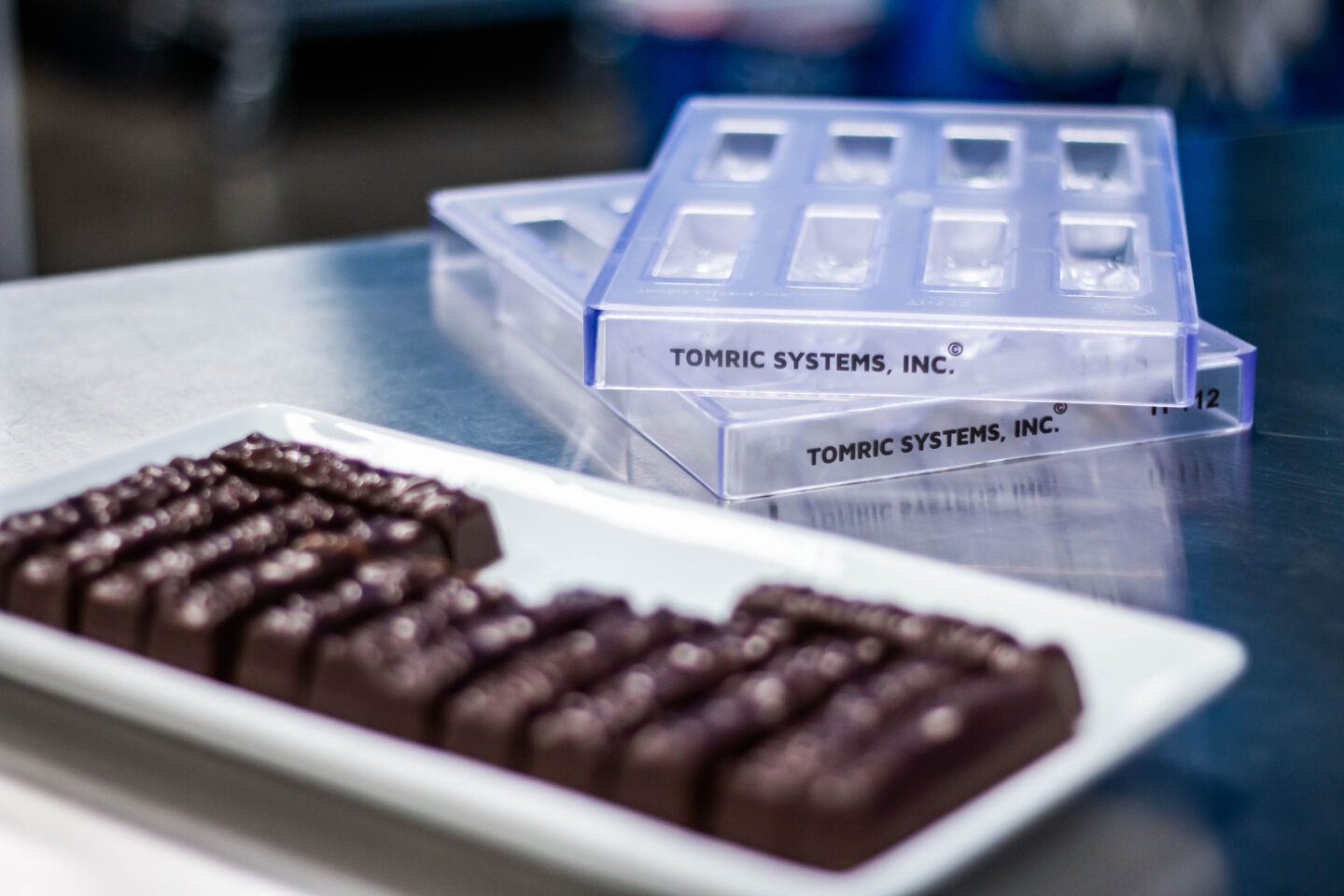

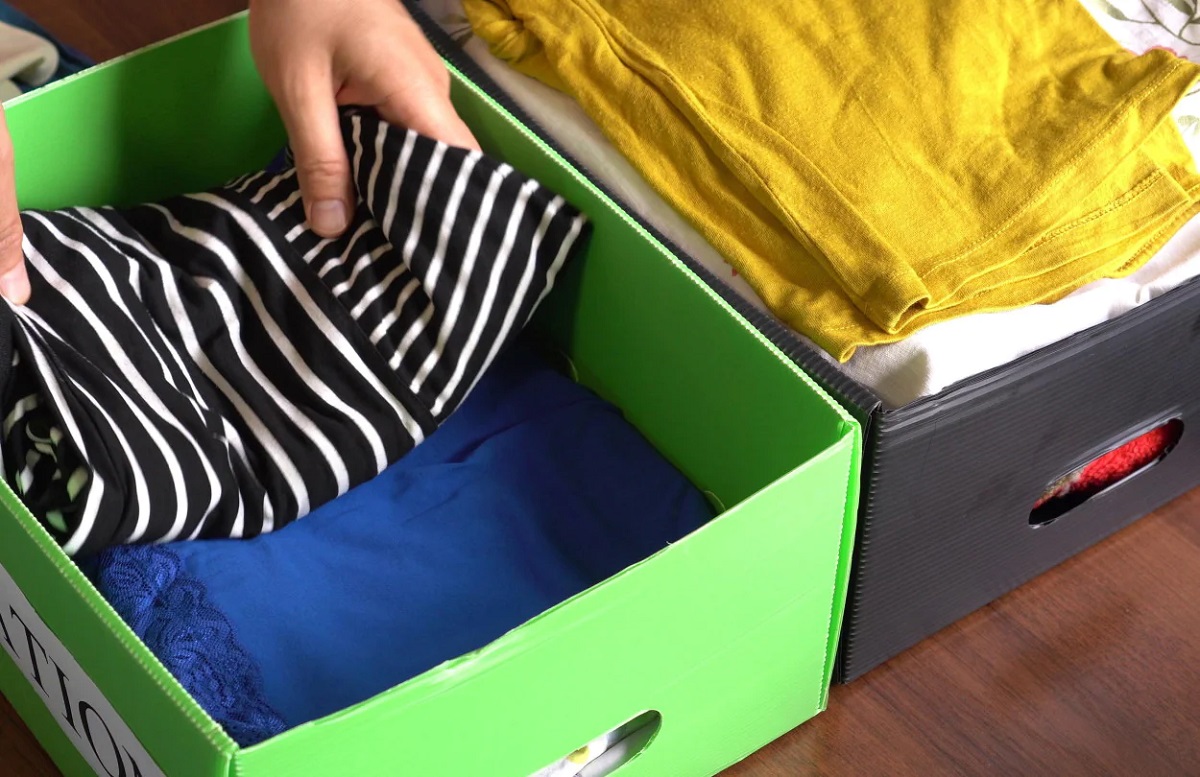
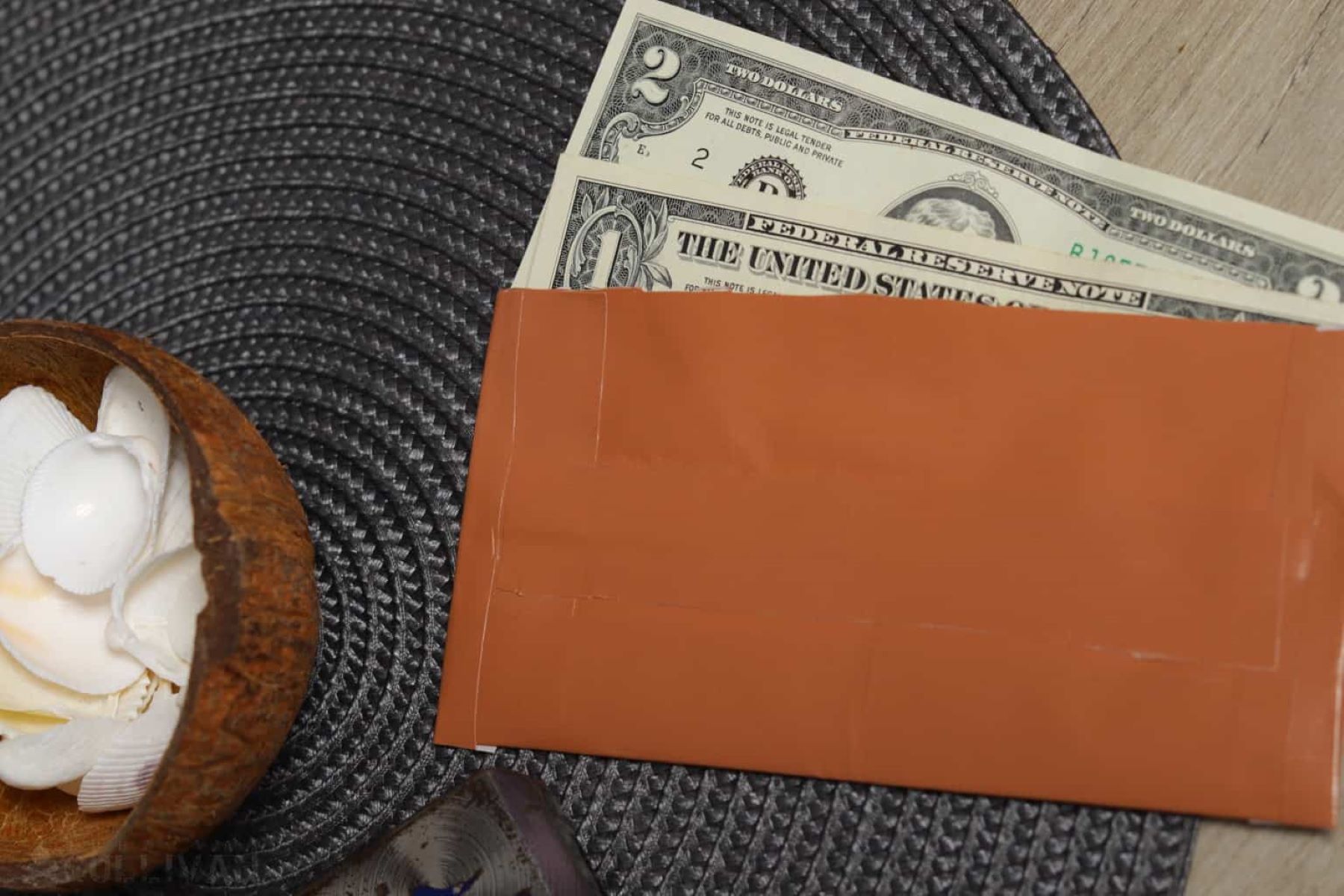
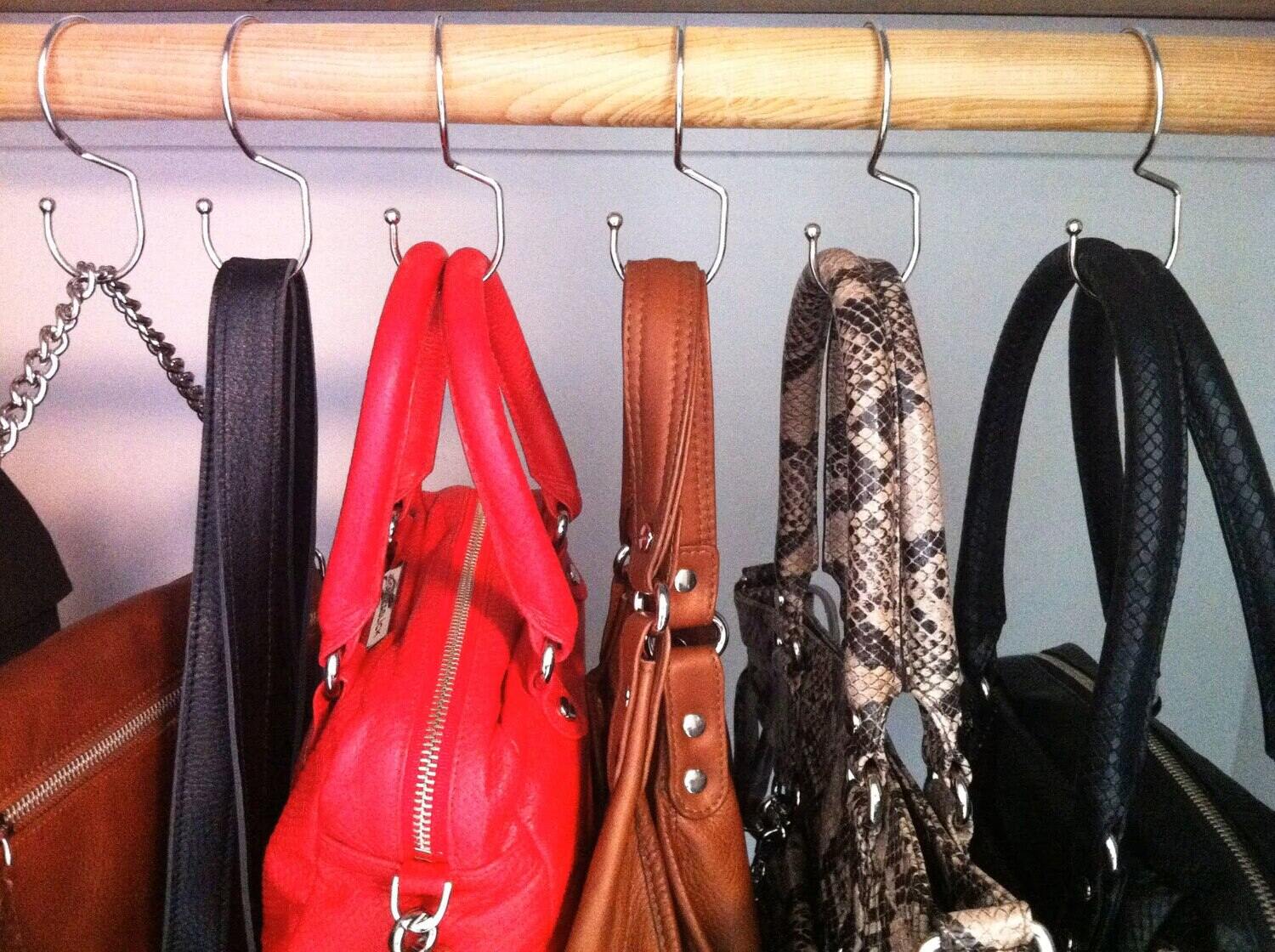

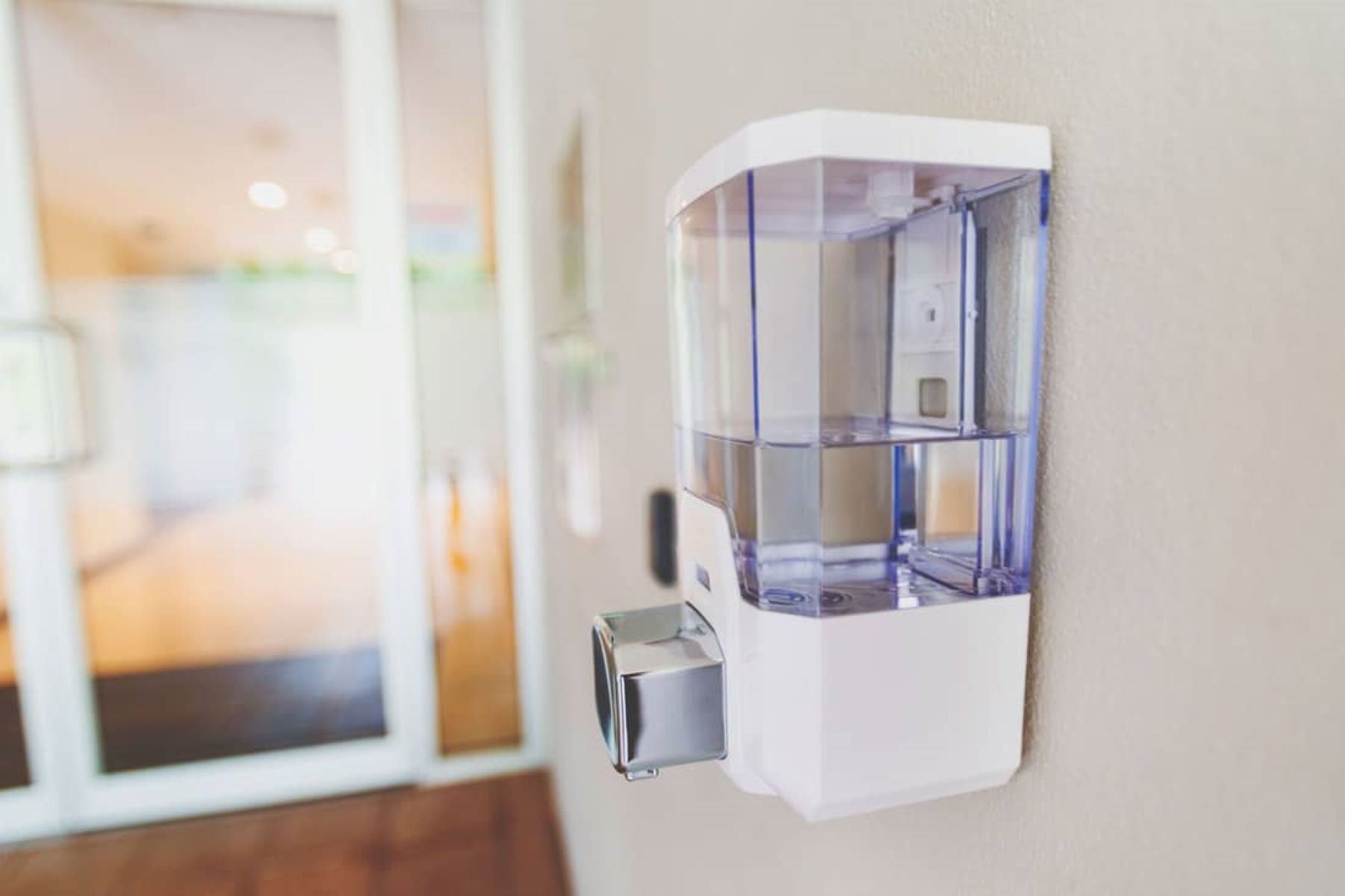

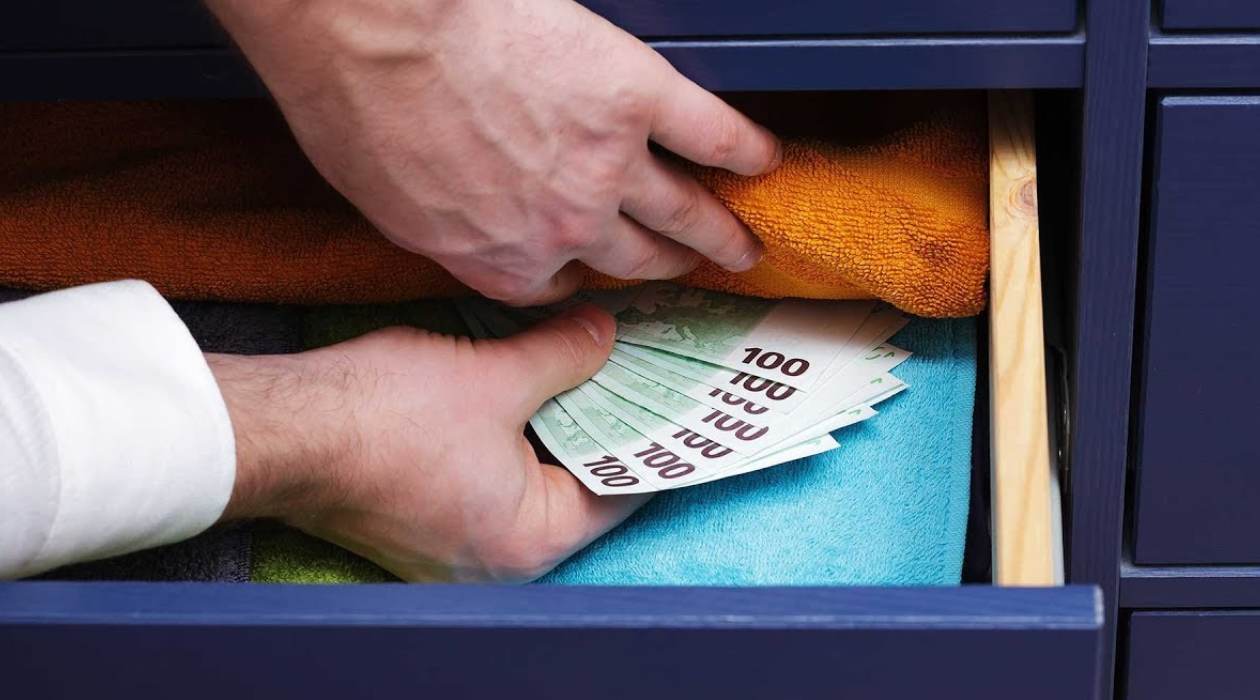
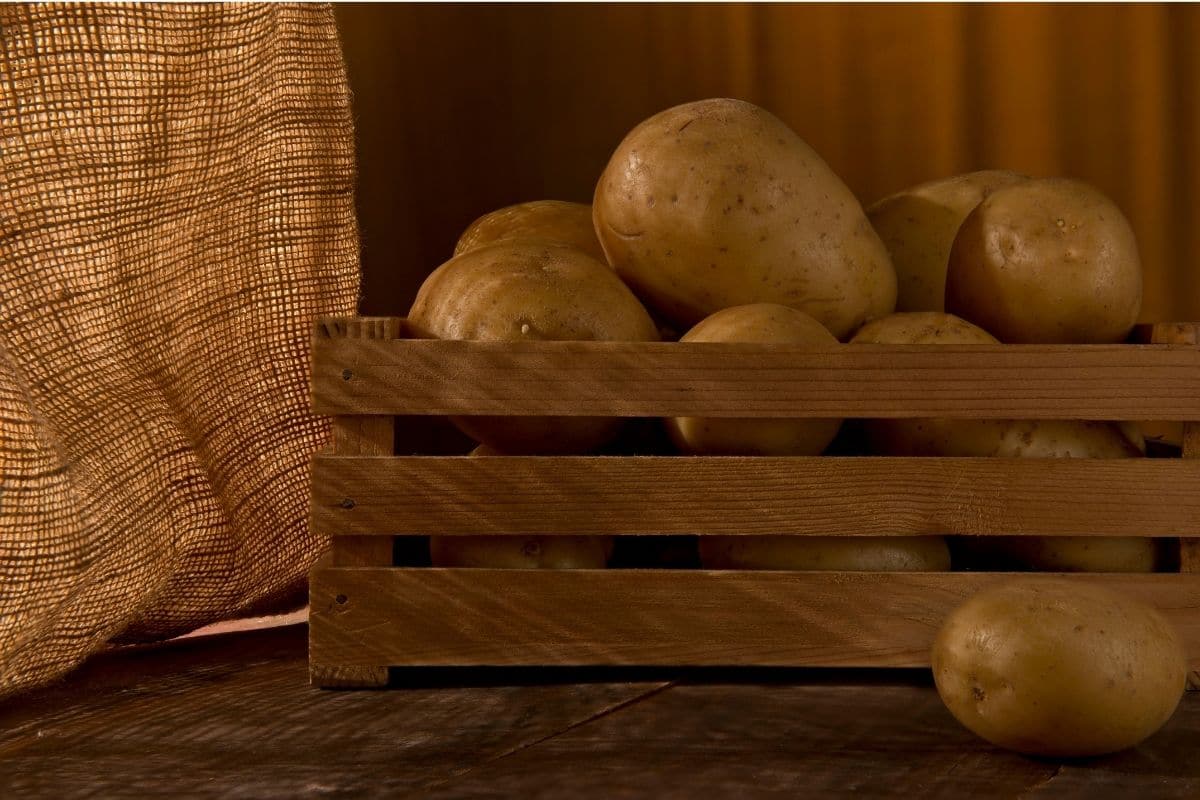


0 thoughts on “How To Store Bread So It Doesn’T Mold”